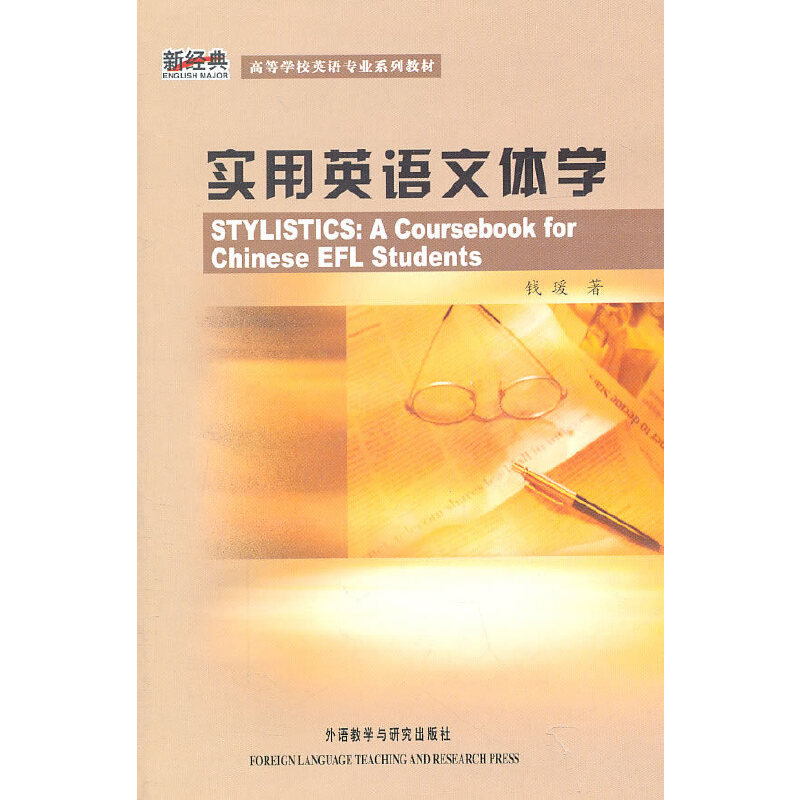- 北京航空航天大学出版社
- 9787512414938
- 1-1
- 80455
- 0047155363-6
- 平装
- 16开
- 2014年4月
- 237
- 148
- O151.21
- 数理科学
- 研究生
《矩阵理论引论》讲述了:
This textbook contains six chapters, covering reviews on linear algebra; matrix functions;matrix decompositions such as singular value decompositions and spectral decompositions; generalized inverses;tensor product and nonnegative matrices. Each chapter includes many examples and problems to help students master the presented material.There are no prerequisites except for some basic knowledge on linear algebra.
This book aims to provide the material for a basic matrix theory course to senior undergraduates or postgraduates in science and engineering, and can be used as a self-contained reference for a variety of readers.
Chapter 1 Introduction to Linear Algebra
1.1 The linear space
1.1.1 Fields and mappings
1.1.2 Definition of the linear space
1.1.3 Basis and dimension
1.1.4 Coordinate
1.1.5 Transformations of bases and coordinates
1.1.6 Subspace and the dimension theorem for vector spaces
1.2 Linear transformation and matrices
1.2.1 Linear transformation
1.2.2 Matrices of linear transformations and isomorphism
1.3 Eigenvalues and the Jordan canonical form
1.3.1 Eigenvalues and eigenvectors
1.3.2 Diagonal matrices
1.3.3 Schur's theorem and the Cayley- Hamilton theorem
1.3.4 The Jordan canonical form
1.4 Unitary spaces
Exercise 1
Chapter 2 Matrix Analysis
2.1 Vector norm
2.2 Matrix norm
2.3 Matrix sequences and series
2.4 Matrix function
2.5 Differentiation and integration of matrices
2.6 Applications of matrix functions
2.7 Estimation of eigenvalues
Exercise 2
Chapter 3 Matrix Decomposition
3.1 QR decomposition
3.2 Full rank decomposition
3.3 Singular value decomposition
3.4 The spectral decomposition
Exercise 3
Chapter 4 Generalized Inverse
4.1 The generalized inverse of a matrix
4.2 A{1},A{1,3} andA{1,4}
4.3 The Moore- Penrose inverse A+
4.4 The generalized inverses and the linear equations
Exercise 4
Chapter 5 Tensor Product
5.1 Definition and properties of the tensor product
5.2 The tensor product and eigenvalues
5.3 Straighten operation on matrices
5.4 The tensor product and matrix equation
Exercise 5
Chapter 6 Introduction To Nonnegative Matrices
6.1 Preliminary properties on nonnegative matrices
6.2 Positive matrices and the Perron theorem
6.3 Irreducible nonnegative matrices
6.4 Primitive matrices and M matrices
6.5 Stochastic matrices
6.6 Two models of nonnegative matrices
Exercise 6
References










